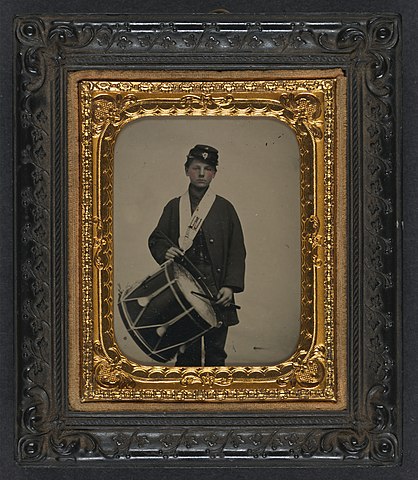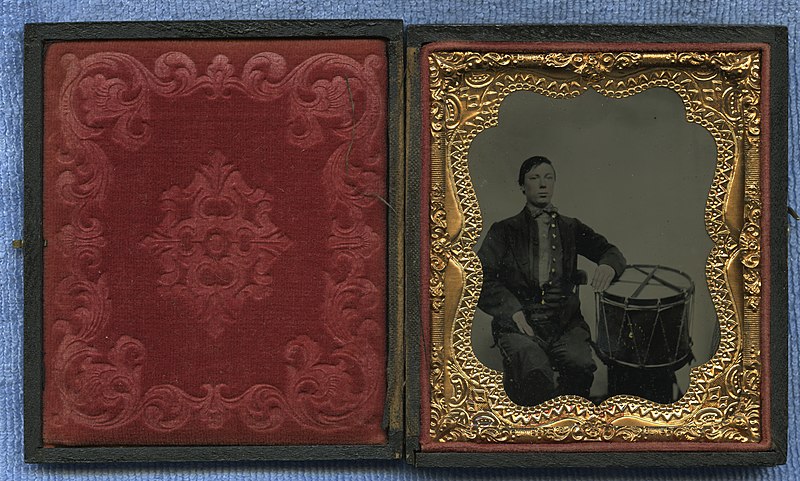
The Thammasat University Library has acquired a new book that should be useful for students interested in political science, history, diplomacy, defense studies, sociology, law, war studies, and related fields.
How Civil Wars Start: And How to Stop Them is by Professor Barbara F. Walter, who teaches international affairs at the School of Global Policy and Strategy at the University of California, San Diego, California, the United States of America.
The TU Library collection has many other books about different aspects of civil war.
The TU Library also owns other books of research by Professor Walter.
Professor Walter suggests that the United States of America is becoming less democratic and more autocratic. She offers a comparative analysis of events that led to conflicts in ex-Yugoslavia, the Philippines, and Iraq. Professor Walter underlines the impact of social media on social tensions in the United States, uniting extremists and creating division.
To avoid civil war, Professor Walter notes, America should improve its democratic institutions by making elections freer and more open and increasing civics education.
According to one online reviewer:
Walter has been studying civil wars around the world since 1990. According to her, the same forces that tore apart societies from Yugoslavia to Iraq, Columbia, Northern Ireland, and the West Bank are fully present in the United States. This will come as a shock to many Americans, who often inherit an unconscious sense of naïve exceptionalism no matter their political affiliation. Walter notes that Americans believe their home country is too advanced, settled, and democratically resilient to fall into such chaos. She writes with an aching sense of tragedy about people she knew from Sarajevo or Baghdad who thought the same thing – before being targeted.
Americans also tend to believe that no matter how frayed the societal fabric, outright civil war could not occur in these times because the conditions are so different from the America of the 1860s. This appears largely true: No matter how rebellious parts of the country may get, it is hard to imagine organized battalions rising up to storm federal outposts and wage full-out conventional war. Walter concurs. But she essentially dismisses that as a cause for relief since that is not how such conflicts are fought anymore. Referring to the planned kidnapping of Michigan Governor Gretchen Whitmer in 2020 by a right-wing militia, Walter notes that “modern civil wars start with vigilantes just like these.”
From Syria to Ukraine, Afghanistan to Yemen, today’s rebels usually exist as a hodgepodge of ad-hoc elements using guerrilla and terror tactics to destabilize, sow chaos, and undermine the central authority. If there is a Second American Civil War (and Walter is careful to say “if”), it will probably look less like Antietam or Gettysburg and more like the Oklahoma City bombing and the bloody sectarian flareups that ripped through Belfast and Baghdad for so many years.
Walter and researchers like her identified several factors that a civil war more likely; many of them appear present in the United States. One is whether a country is moving toward or away from democracy. As anybody watching the curtailment of voting rights, gridlocked Congress, and the terror tactics deployed against government officials who believe in the results of the 2020 presidential election can attest, American democracy is far from fully functioning. Instead, it seems to be what experts call an “anocracy”, a grey zone between autocracy and democracy where the people’s will is frequently thwarted but the government isn’t authoritarian enough to quash an uprising.
Ethnic strife is also a factor in America. For Walter, this is particularly worrying because in many of the cases she has studied, civil wars break out when a large, formerly empowered ethnic group begins to feel that they are losing that power. She does not have to do much to draw the link between an increasingly minority-majority America and the rising percentage of extremist-caused deaths ascribed to far-right or white supremacist groups (over 70 percent since 2008).
Of course, the same might have been said during the surge in white-power groups and secessionist factions in the ’70s and ’80s. They, too, were pushing back against an America they believed was changing in a direction that would disempower them. But Walter’s argument is different than those presented by some of the more heated and apocalyptic anti-Trump warnings. Instead, she believes that the kind of civil war coming for America will not be a sudden break caused by an event like the January 6 insurrection or a contested 2024 presidential election but rather a further slide down the same dark continuum. Most civil wars, she points out, are preceded by years of protest and preparation.
Those neo-Nazi cells of the ’80s became the militia movement of the ’90s. This seeded the broader conspiratorial manias of Alex Jones and then cross-pollinated with social media nihilism. All of it is marinating in an ever-more-concentrated ferment of forever war militarism and gun mania to become the street-fighting and Capitol-storming platoons of today’s white extremist militias. Borrowing the nomenclature of the CIA, which has studied insurgencies for decades, Walter writes that America is now in the “pre-insurgency phase” where extremists gather weapons, recruit members, and craft the organizing narrative of their struggle. All the evidence, she says, points to this disturbing reality: “America’s extremists are becoming more organized, more dangerous, and more determined, and they are not going away.”

Another reviewer notes:
Perhaps surprisingly, both autocracies and healthy democracies are largely immune from civil war; it’s the countries in the middle ground that are most vulnerable. And this is where more and more countries, including the United States, are finding themselves today. Over the last two decades, the number of active civil wars around the world has almost doubled. Walter reveals the warning signs — where wars tend to start, who initiates them, what triggers them — and why some countries tip over into conflict while others remain stable. Drawing on the latest international research and lessons from over 20 countries, Walter identifies the crucial risk factors, from democratic backsliding to factionalization and the politics of resentment. A civil war today won’t look like America in the 1860s, Russia in the 1920s, or Spain in the 1930s. It will begin with sporadic acts of violence and terror, accelerated by social media. It will sneak up on us and leave us wondering how we could have been so blind.

(All images courtesy of Wikimedia Commons)
